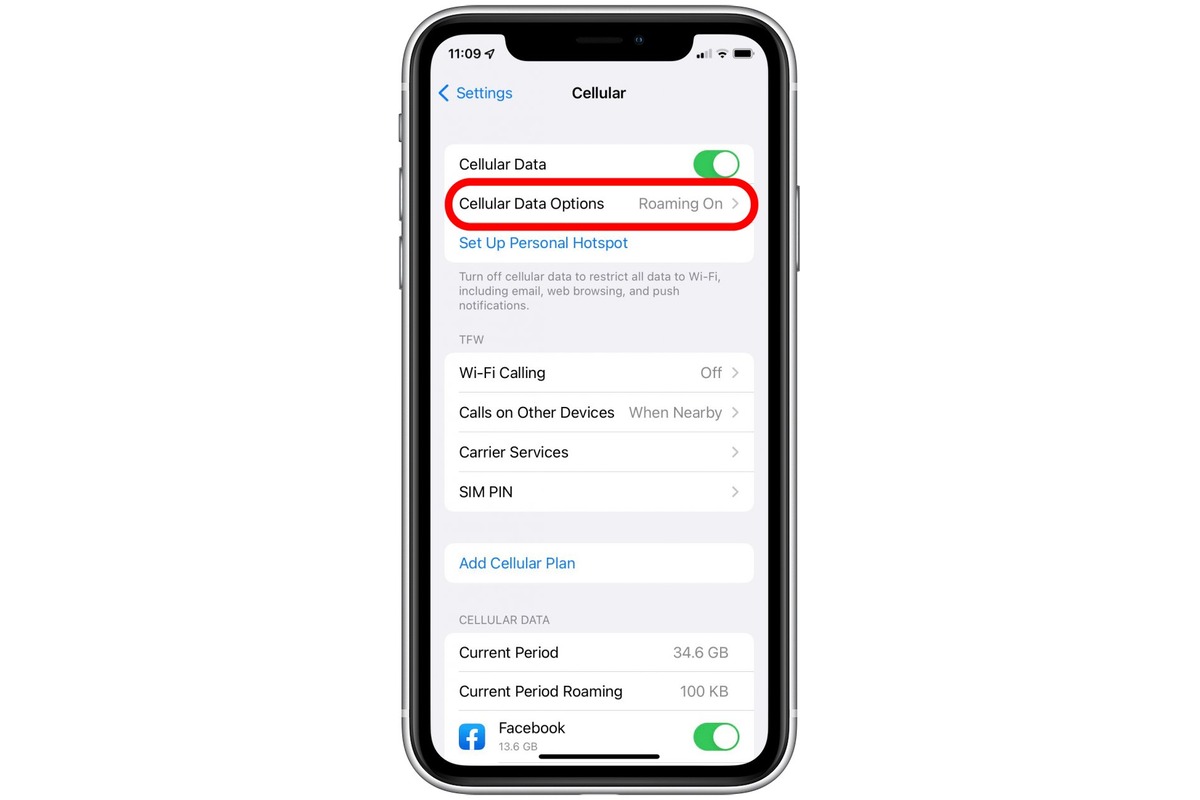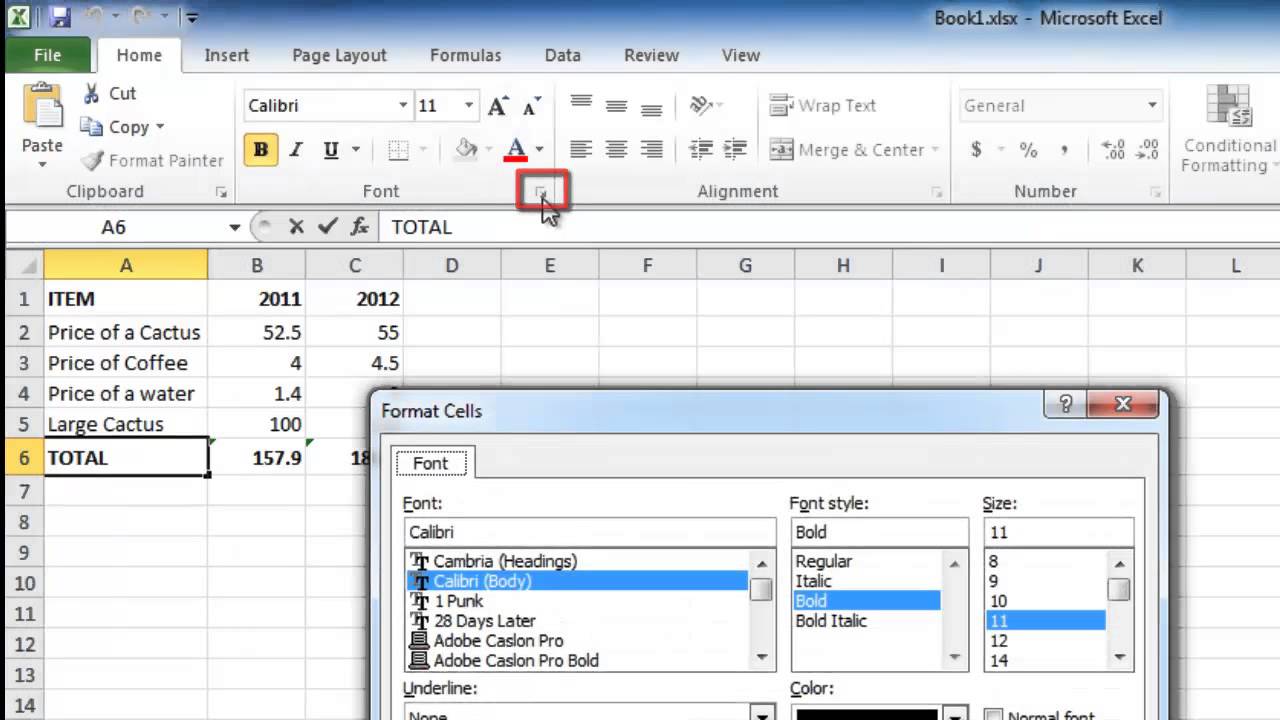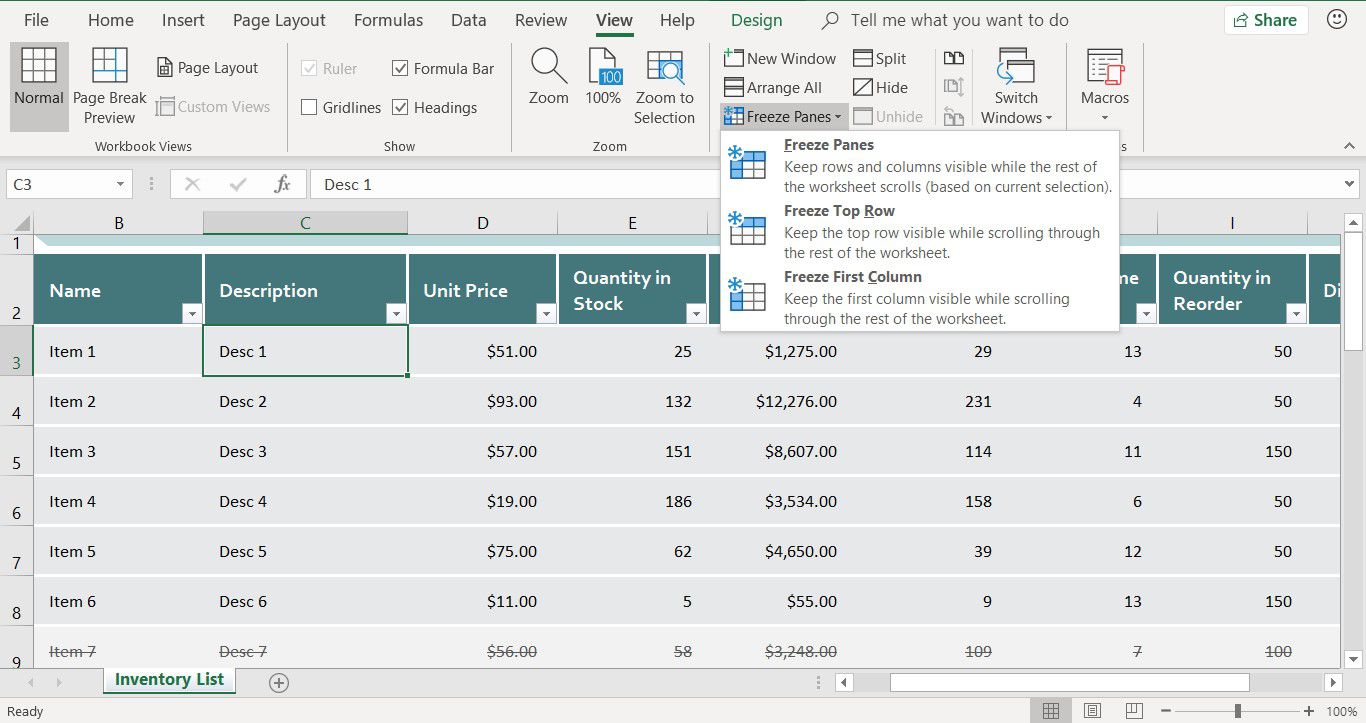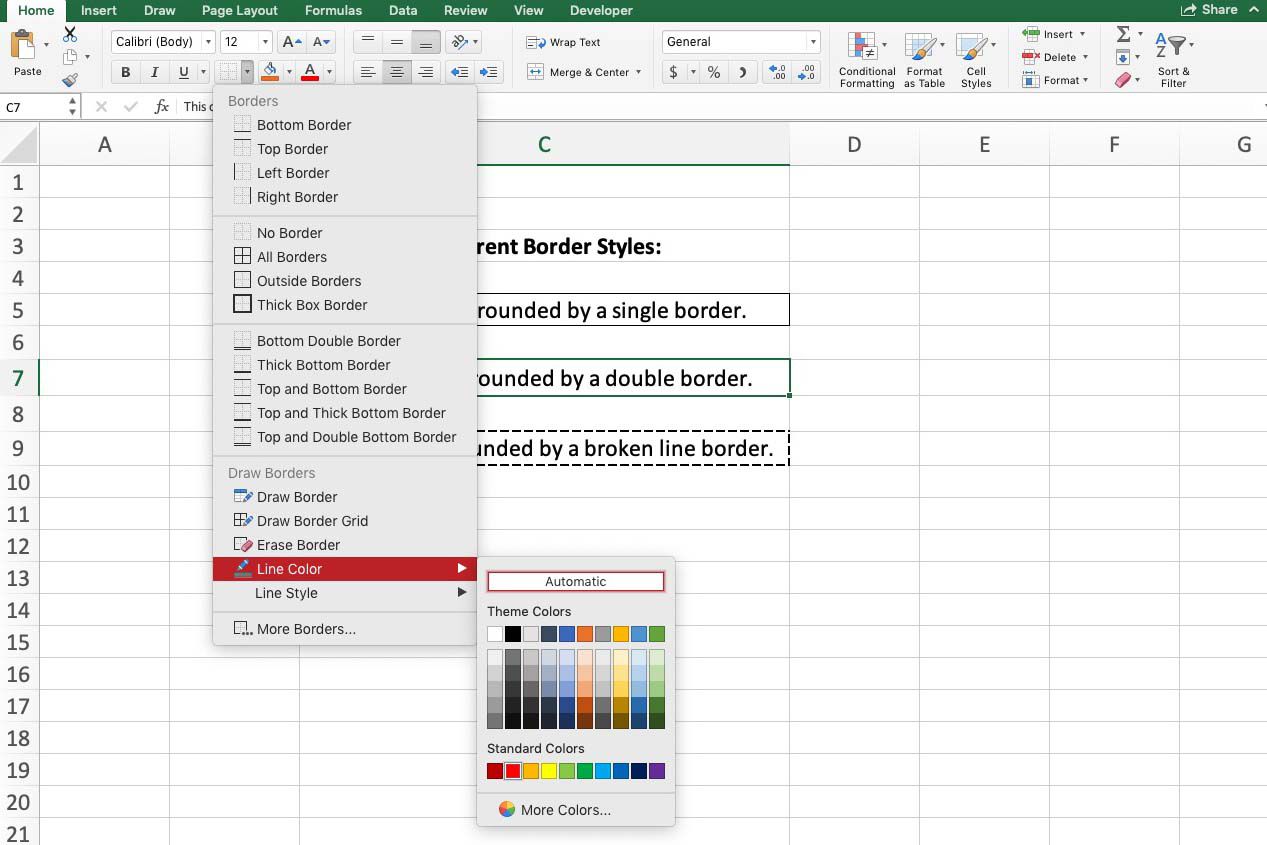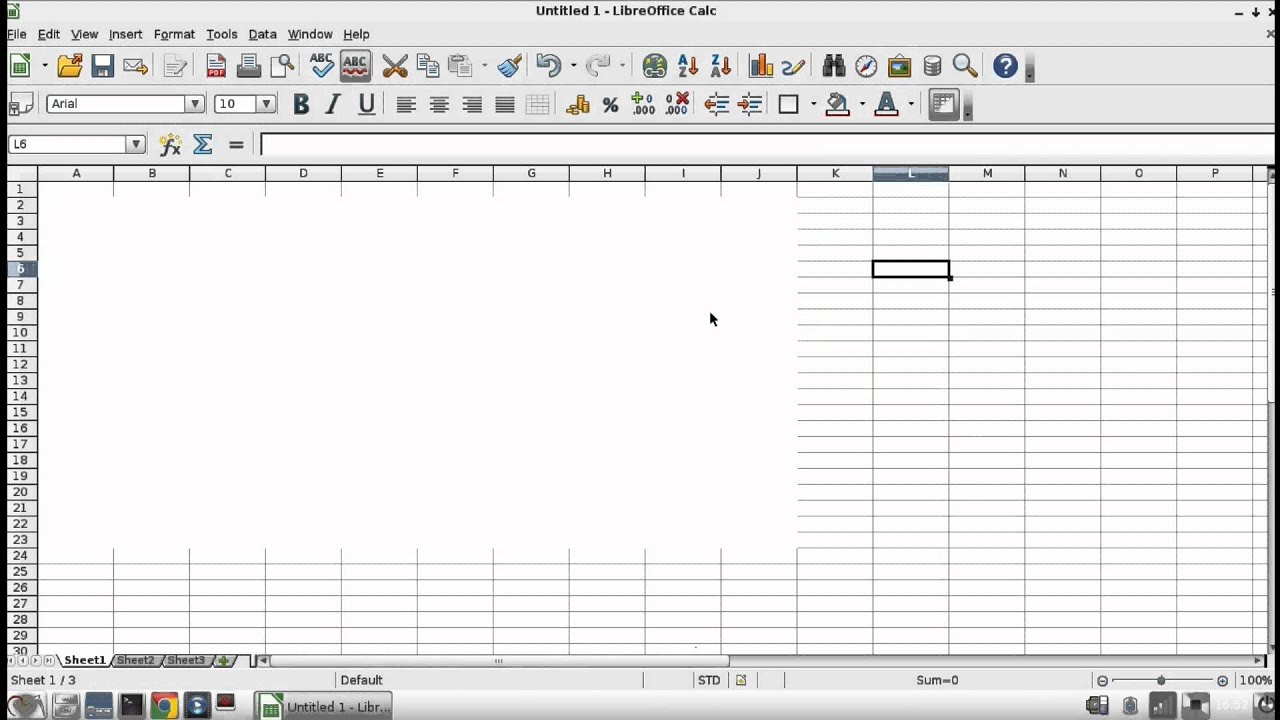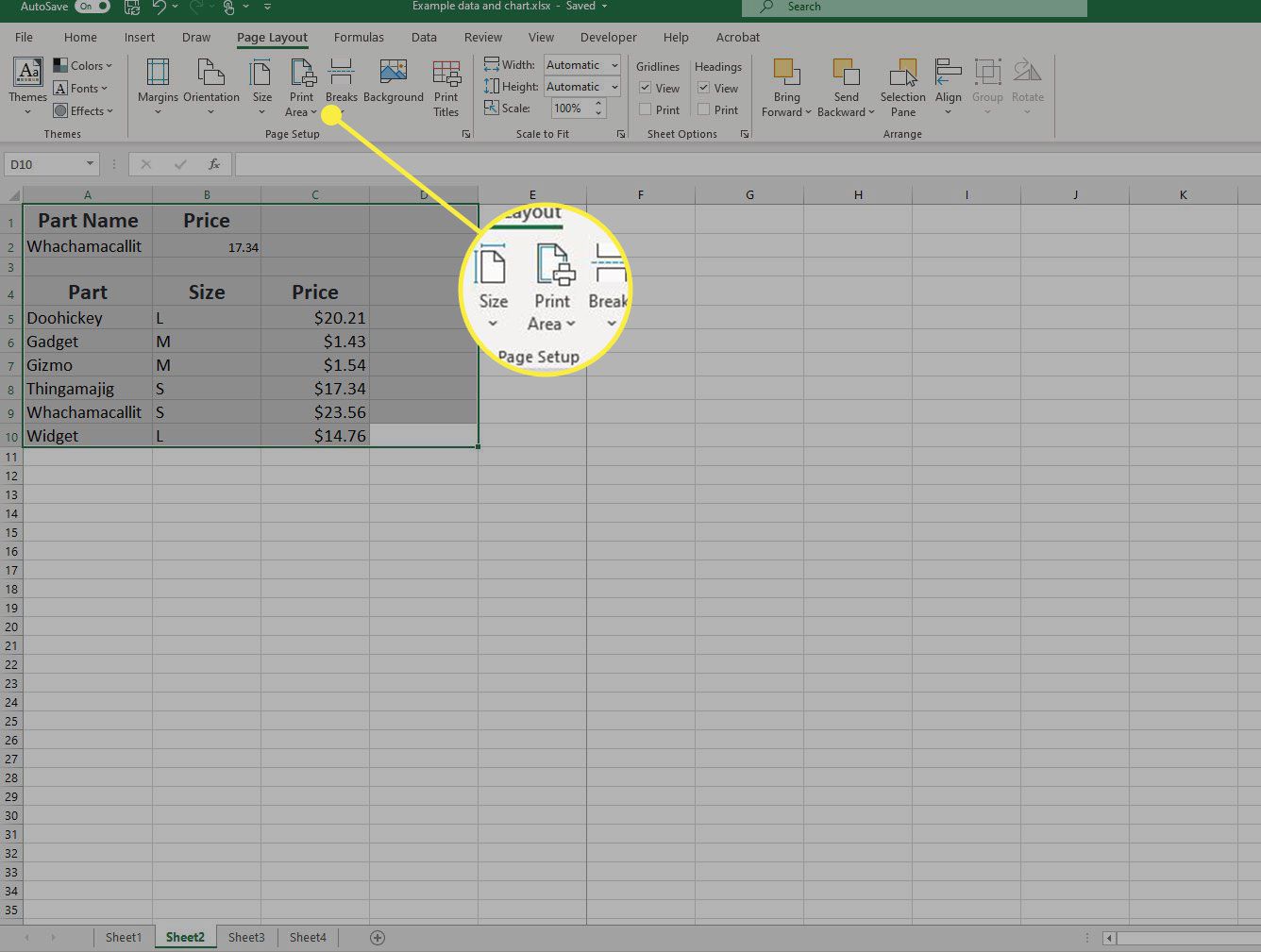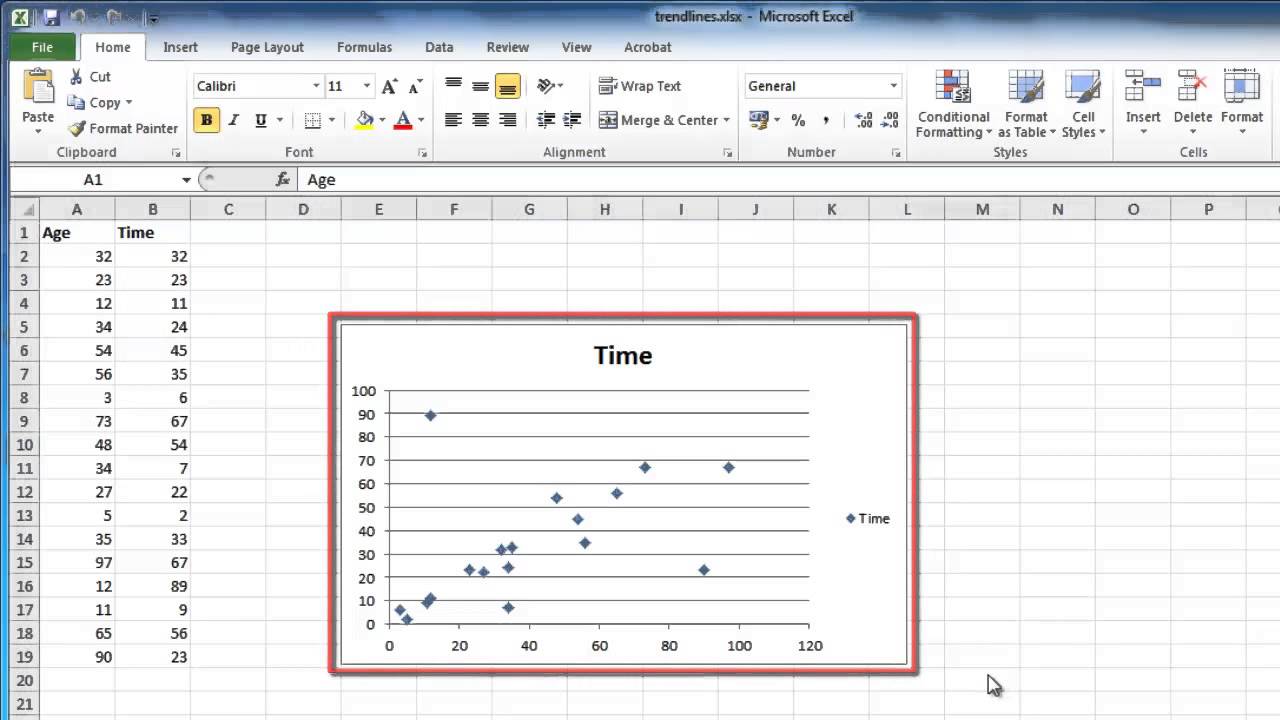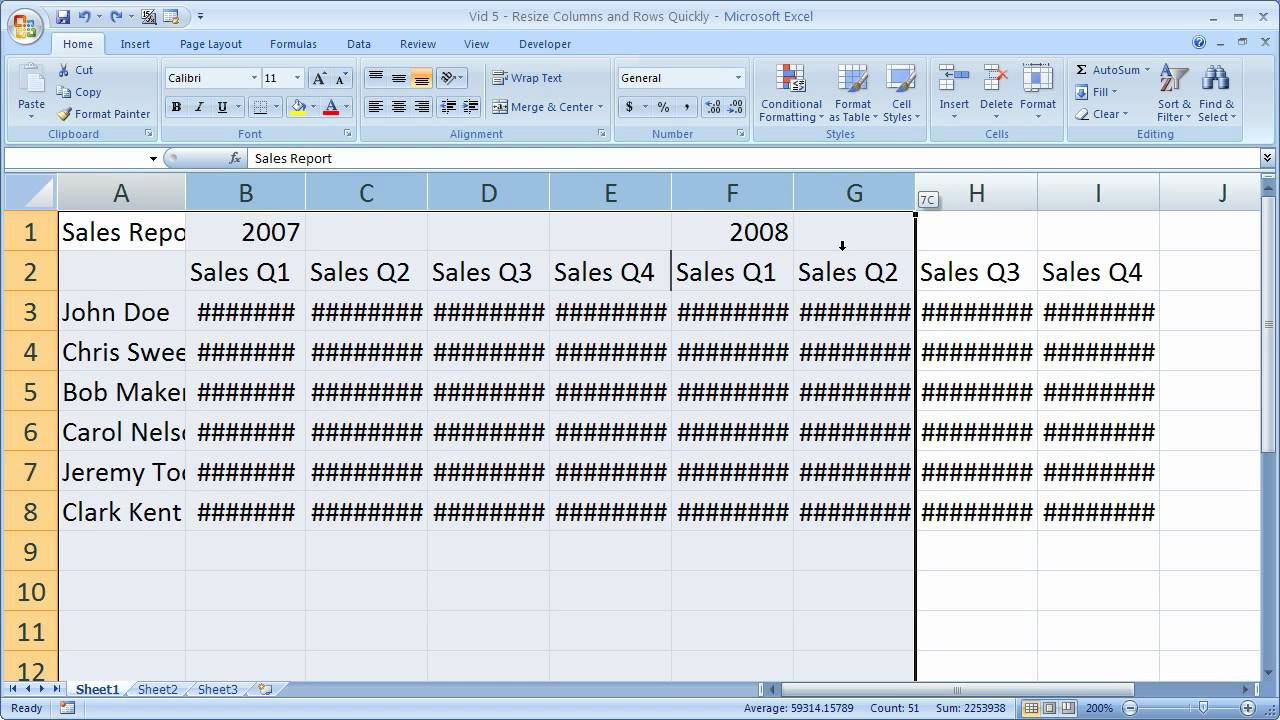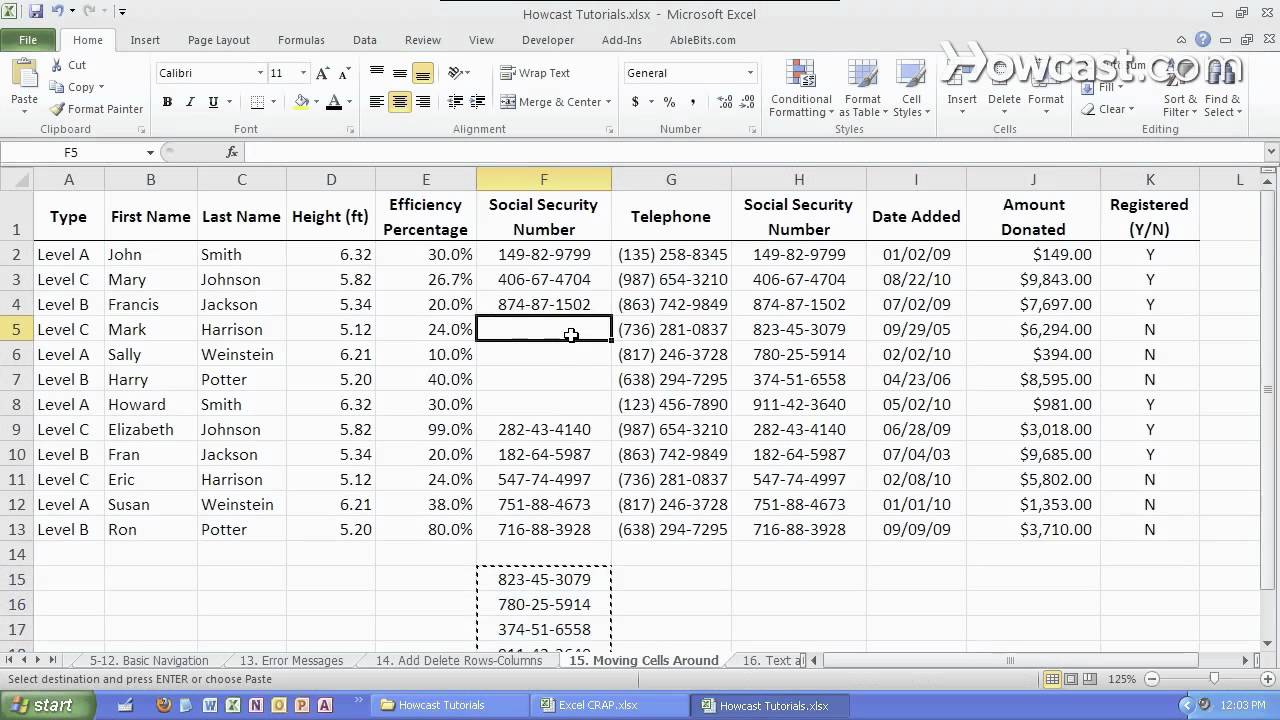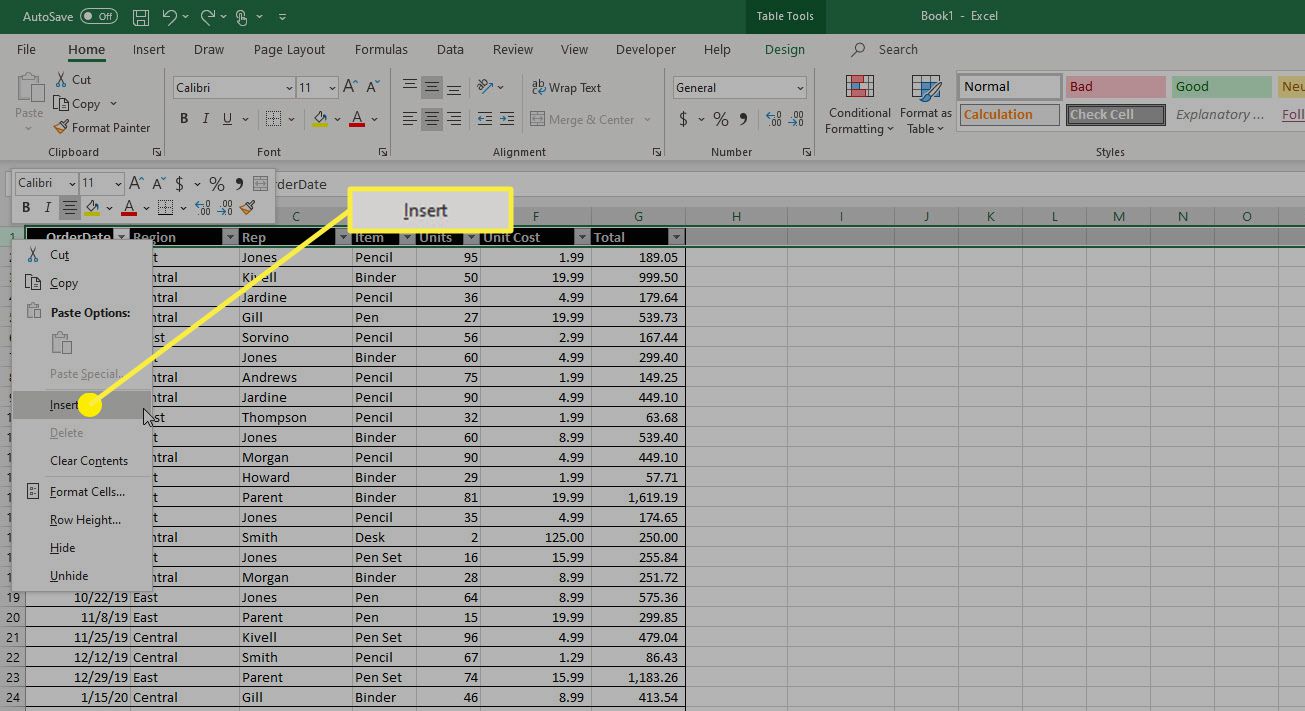Home>Technology and Computers>How To Remove Data Validation In Excel
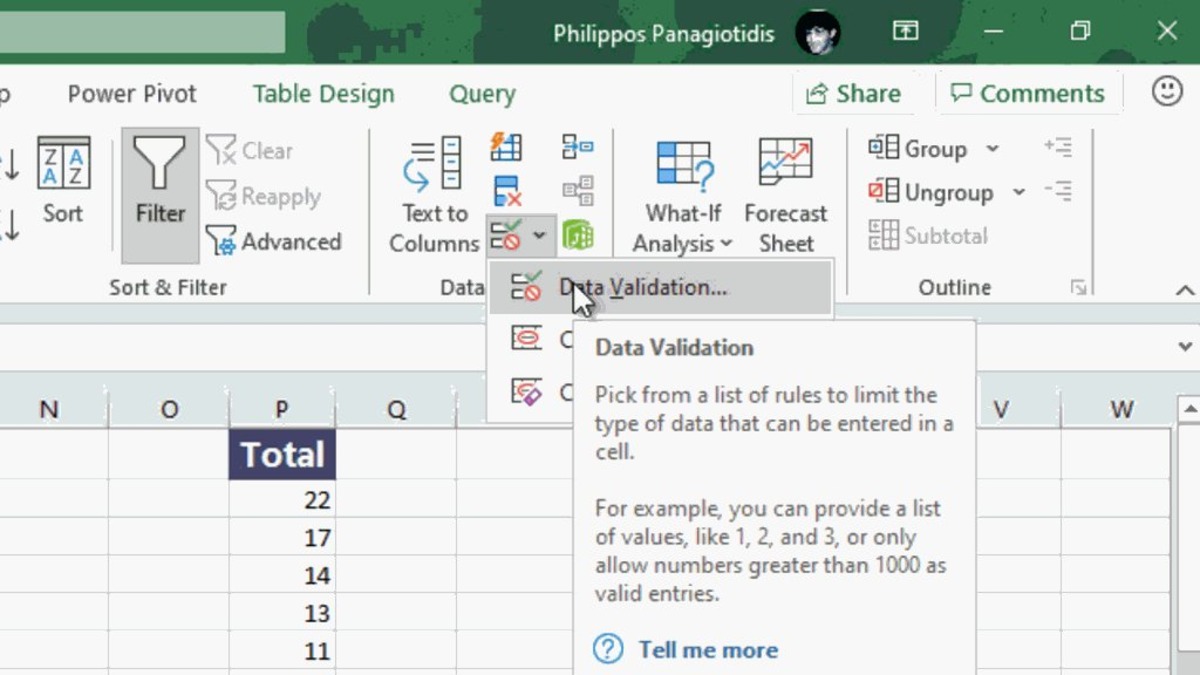

Technology and Computers
How To Remove Data Validation In Excel
Published: March 6, 2024
Learn how to remove data validation in Excel with our easy-to-follow guide. Keep your technology and computers running smoothly with our expert tips.
(Many of the links in this article redirect to a specific reviewed product. Your purchase of these products through affiliate links helps to generate commission for Noodls.com, at no extra cost. Learn more)
Table of Contents
Introduction
Data validation is a powerful feature in Microsoft Excel that allows users to control the type of data entered into a cell or range of cells. It helps maintain data integrity by restricting the input to a predefined set of values or criteria. While data validation is beneficial for ensuring accuracy and consistency in spreadsheets, there are instances when removing data validation becomes necessary. Whether it's to modify the data validation rules or to eliminate restrictions on data entry, understanding the process of removing data validation in Excel is essential for efficient spreadsheet management.
In this article, we will delve into the intricacies of data validation in Excel and provide a comprehensive guide on how to remove data validation from cells or ranges. By following the step-by-step instructions outlined in this article, users can gain a clear understanding of the methods available for removing data validation and effectively apply them to their Excel workbooks. Let's embark on this journey to unravel the nuances of data validation removal and empower ourselves with the knowledge to navigate Excel's data management capabilities with confidence.
Read more: How To Remove Hyperlink In Excel
Understanding Data Validation in Excel
Data validation in Excel is a feature that allows users to define restrictions on what data can be entered into a cell or range of cells. This functionality is particularly useful for maintaining data integrity and consistency within spreadsheets. By setting specific criteria, such as numerical limits, date ranges, or predefined lists of values, data validation helps prevent erroneous data entry and ensures that only valid information is inputted.
Benefits of Data Validation
Implementing data validation offers several benefits, including:
- Data Accuracy: By defining the allowable data types and ranges, data validation helps minimize errors and inaccuracies in spreadsheets.
- Consistency: It promotes uniformity in data entry by enforcing predefined rules, such as selecting from a list of options or entering dates within a specified range.
- Efficiency: Data validation streamlines the data entry process by guiding users to input valid information, reducing the need for manual error checking and correction.
Types of Data Validation Criteria
Excel provides various criteria options for data validation, allowing users to tailor the restrictions based on specific requirements. The key types of data validation criteria include:
- Whole Number and Decimal Limits: Users can set restrictions on whole numbers or decimal values, specifying minimum and maximum limits for input.
- List-Based Validation: This method enables the creation of dropdown lists, allowing users to select from predefined options, thereby ensuring consistent data entry.
- Date and Time Restrictions: Data validation can enforce date and time constraints, such as allowing entries within a specific date range or restricting input to valid date formats.
- Custom Formulas: Advanced users can utilize custom formulas to define complex validation rules based on specific logical conditions and calculations.
Application of Data Validation
Data validation finds widespread application in various scenarios, including:
- Financial Modeling: In financial spreadsheets, data validation can be used to restrict input to valid currency values, ensuring accurate calculations and analysis.
- Inventory Management: Validating input for product codes, quantities, and other inventory-related data helps maintain accurate inventory records.
- Survey Responses: When creating survey templates in Excel, data validation can be employed to ensure that respondents select valid options from predefined lists.
Understanding the fundamentals of data validation in Excel lays the groundwork for efficient data management and accuracy within spreadsheets. With a clear grasp of the benefits, criteria types, and practical applications of data validation, users can leverage this feature to enhance the integrity and reliability of their Excel workbooks.
Read more: How To Remove Filter In Excel
Steps to Remove Data Validation in Excel
Removing data validation from cells or ranges in Excel is a straightforward process that can be accomplished using different methods. Whether it involves clearing data validation settings from specific cells or eliminating validation rules across an entire worksheet, the following steps outline the procedures for removing data validation in Excel:
1. Removing Data Validation from Specific Cells:
- Select the cell or range of cells from which you want to remove data validation.
- Navigate to the "Data" tab on the Excel ribbon and click on "Data Validation" in the "Data Tools" group.
- In the Data Validation dialog box, go to the "Settings" tab.
- Click on the "Clear All" button, followed by "OK" to remove the data validation settings from the selected cells.
2. Clearing Data Validation Rules from Entire Worksheet:
- To remove data validation rules from an entire worksheet, select any cell to ensure the entire sheet is active.
- Go to the "Data" tab and click on "Data Validation" in the "Data Tools" group.
- In the Data Validation dialog box, select "Clear All" under the "Settings" tab and click "OK" to remove data validation from the entire worksheet.
3. Using the Clear All option:
- Another method to remove data validation is by using the "Clear All" option available in the "Data Validation" dropdown menu. This option allows users to clear data validation settings from selected cells or the entire worksheet with a single click.
Read more: The Validity Of “Hurted” As A Word
4. Utilizing the Clear Validation Circles:
- When data validation rules are applied to cells, Excel displays a small validation circle in the lower-right corner of the cell. Clicking on this circle provides the option to clear the validation settings for the respective cell.
By following these steps, users can effectively remove data validation from specific cells or entire worksheets in Excel. This flexibility allows for seamless modification of data validation settings, empowering users to adapt their spreadsheets to evolving data management requirements.
These methods provide users with the flexibility to adapt their data validation settings to evolving data management requirements, ensuring that Excel workbooks remain dynamic and responsive to changing needs.
Conclusion
In conclusion, mastering the art of removing data validation in Excel is a valuable skill that empowers users to adapt and refine their spreadsheet data management processes. By understanding the nuances of data validation and the methods for its removal, individuals can navigate Excel's data management capabilities with confidence and efficiency.
The ability to remove data validation from specific cells or entire worksheets provides a level of flexibility that is essential for maintaining agile and adaptable spreadsheets. Whether it involves modifying existing data validation rules, accommodating changes in data entry requirements, or simply streamlining the data validation process, the step-by-step methods outlined in this article offer users the tools to effectively manage data validation settings in Excel.
Furthermore, the comprehensive understanding of data validation criteria, including whole number and decimal limits, list-based validation, date and time restrictions, and custom formulas, equips users with the knowledge to tailor data validation rules to specific data types and business needs. This level of customization ensures that data validation serves as a dynamic and responsive tool for maintaining data accuracy and consistency within Excel workbooks.
By removing data validation when necessary, users can adapt their spreadsheets to evolving data management requirements, ensuring that Excel workbooks remain dynamic and responsive to changing needs. This adaptability is crucial for maintaining the integrity and reliability of spreadsheet data, ultimately contributing to informed decision-making and efficient data analysis.
In essence, the process of removing data validation in Excel is not only about eliminating restrictions; it is about empowering users to wield data validation as a versatile tool for enhancing data accuracy, consistency, and efficiency. With the knowledge gained from this guide, users can confidently navigate the intricacies of data validation removal and leverage Excel's data management capabilities to their full potential.
